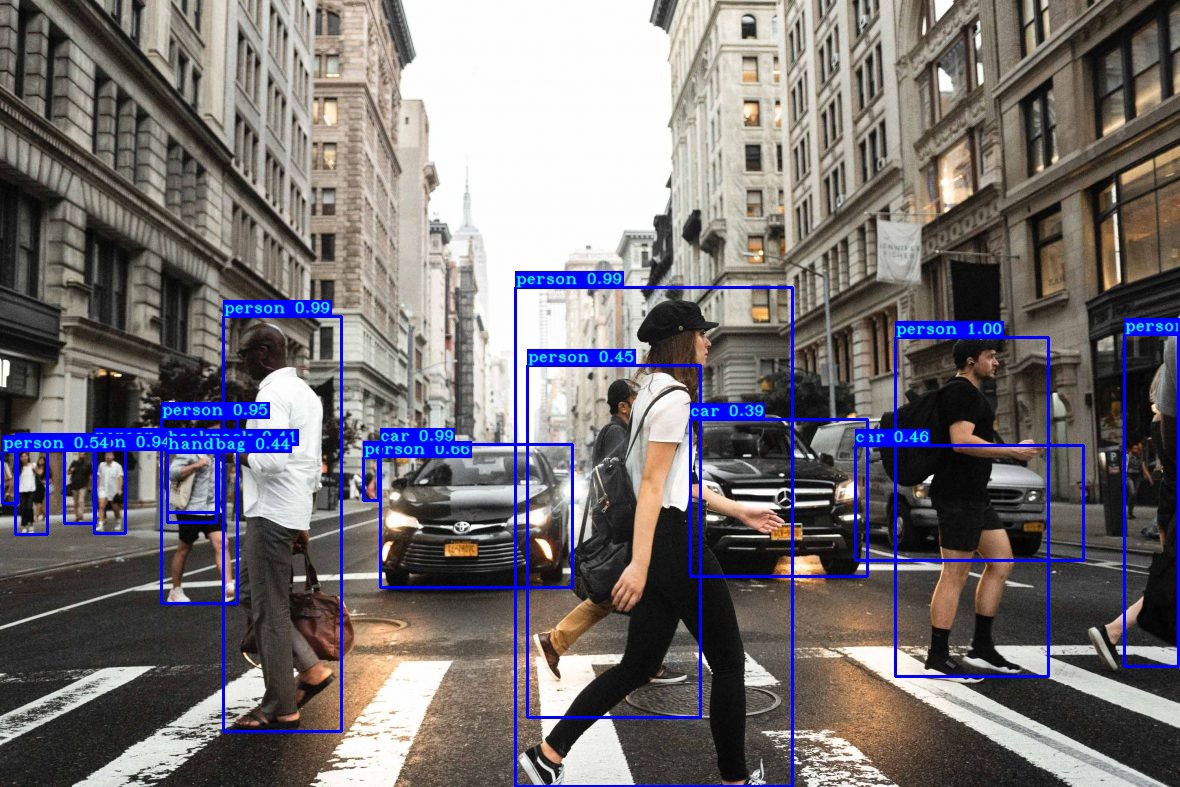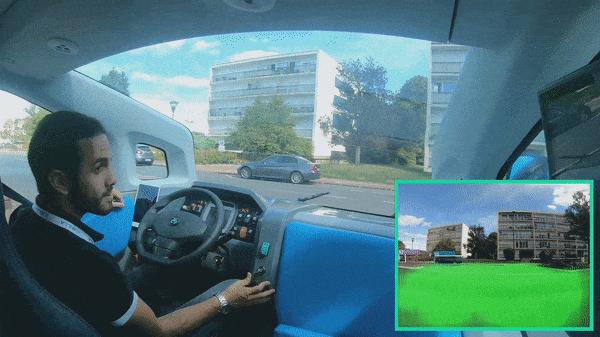299€ or 2 x 149€
For Mid-Level Engineers looking to transform ordinary object detection skills into unique and values tracking skills.





I liked that you gave a quick walkthrough of all the major 2D OD networks. I also liked the part where we used additional metrics and not just IOU for our hungarian matching. And yes, seeing the classical sort perform better than deep sort gave insights into how problems can still be solved using good classical CV approach. Lastly, what better than seeing all of this being put into action on a live video?"
And this is much appreciated! However, a little more detail would be nice. I enjoyed the fact that we get to read the latest papers on this topic and that there is a connectivity provided between past and present results. Thank you very much for your efforts in reading and breaking down these latest papers AND for starting from the very basics.
Mark Moawad, Self-Driving Car Engineer
"Despite financially burdening myself, I couldn't hold myself back from buying the revamped Obstacle Tracking course. I believe in you and I am pretty sure that your course (along with Adrian Rosebrock's PyImageSearch University, which was recommended by you BTW) will empower me to be one of the Egdeneers!
I am sending you this email to thank you for the inspiration, for the enriching knowledge you share, and for teaching me a lot on the personal level as well as professionally. Sorry for bothering you with a big fat email, but I believe it is a must to say thanks."
299€ or 2 x 149€
Lifetime Access to:
Object Detection: From sliding windows to advanced detectors
Object Tracking: In-Depth Exploration
Cutting-Edge Deep Tracking Algorithms used in the field
Plus:
The Multi-Object Tracking Mindmap